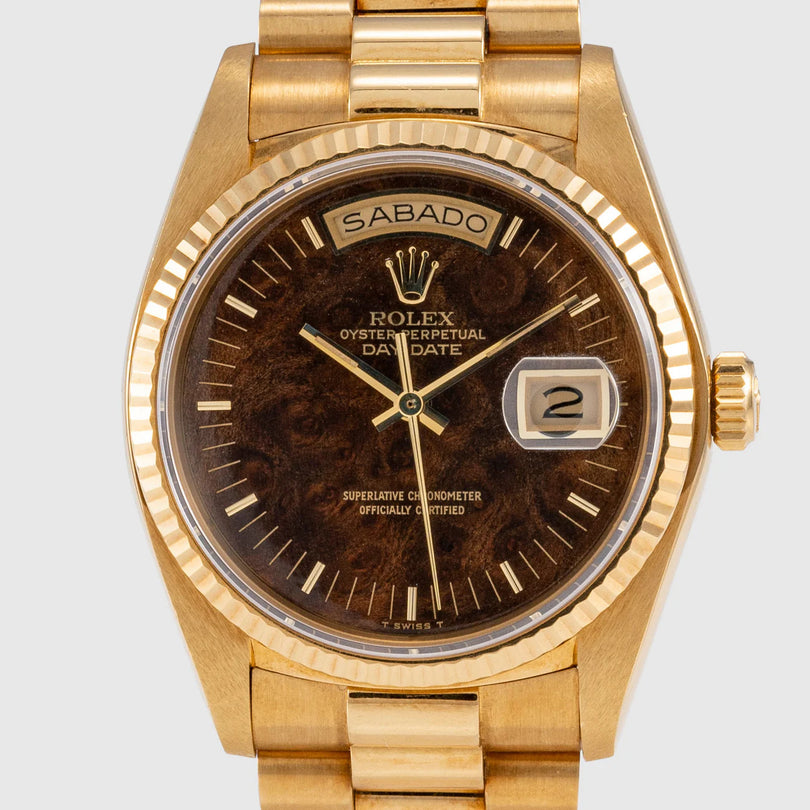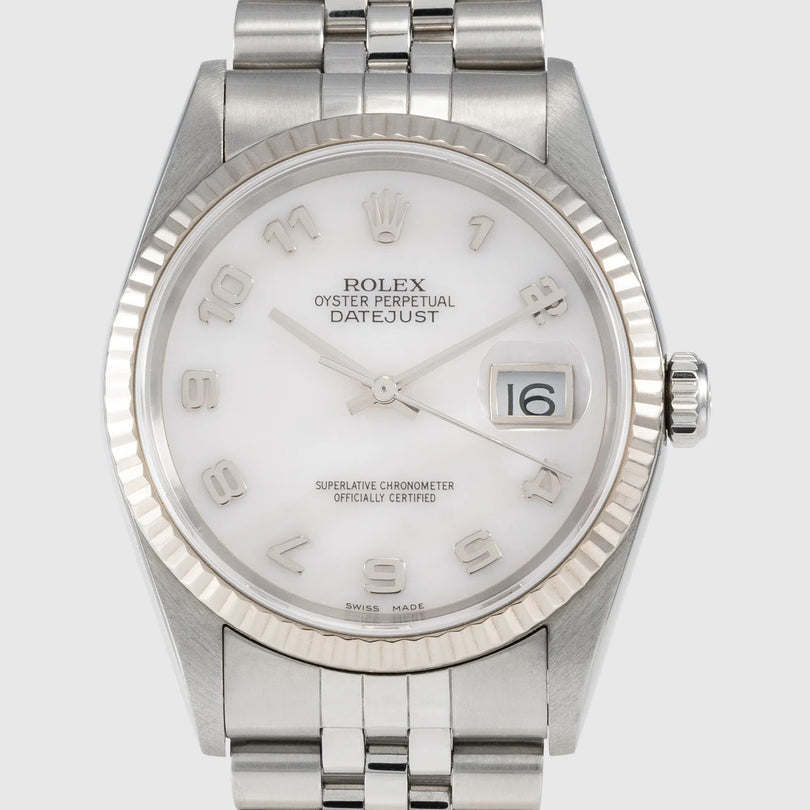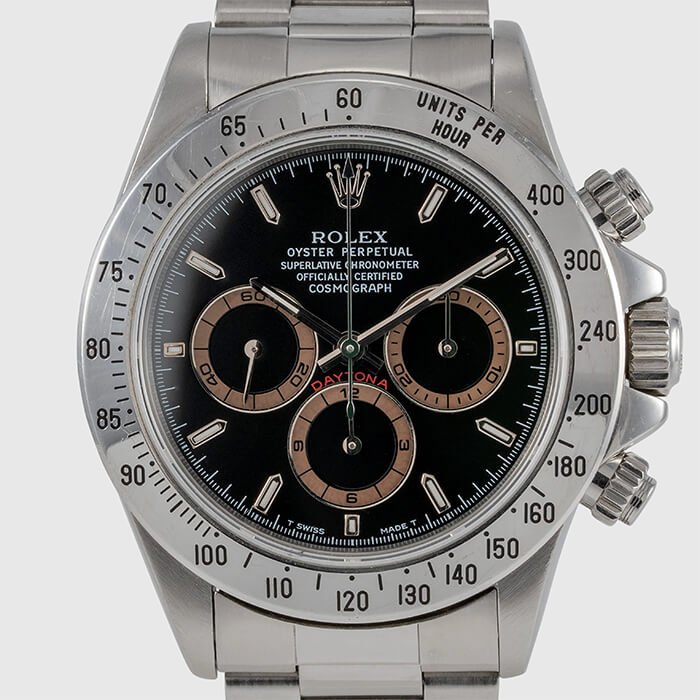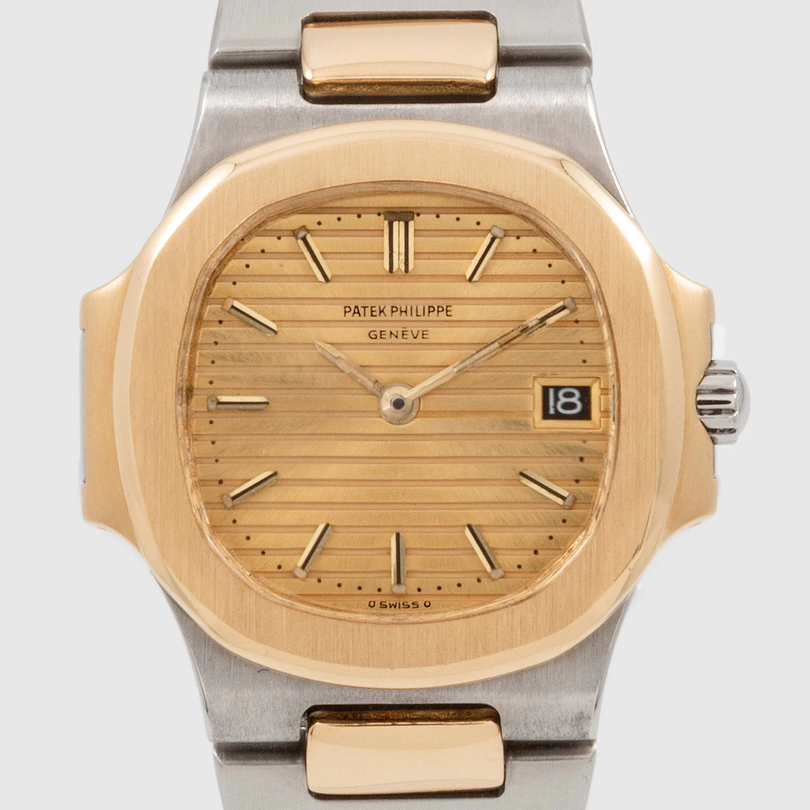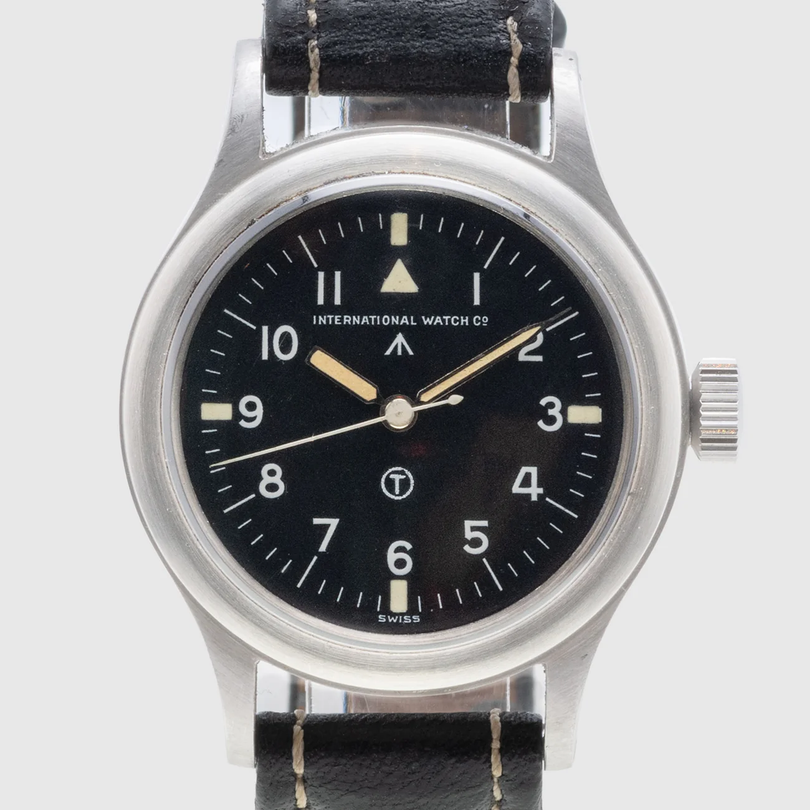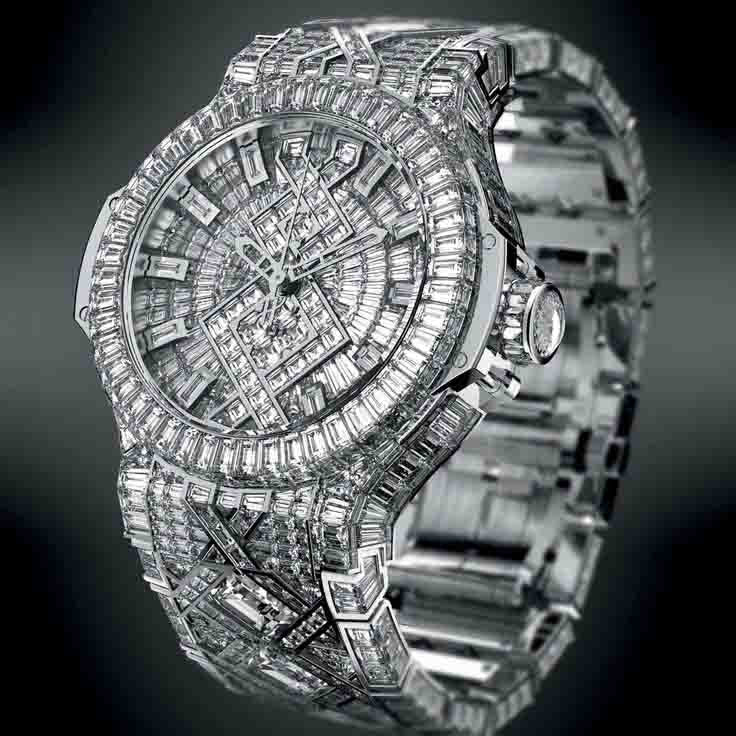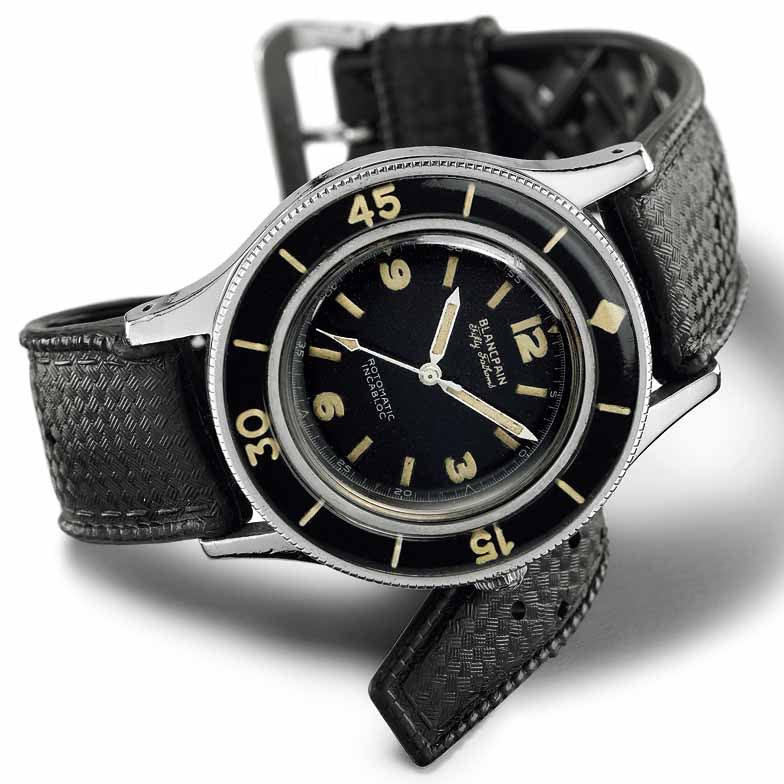
Throughout the 50s and 60s, Heuer became established as the market leaders for on-board rally chronographs & stopwatches. They were also one of the few watchmakers able to produce high quality chronographs. This heritage & dedication to racing is easily recognized through the names of it’s models: Carrera, Monza, Daytona, Camaro, Silverstone, and of course, the Monaco; all evoke the golden days of automotive racing.
At the Basel Fair in 1969, Heuer launched the first automatic chronograph. Developed jointly with Breitling & Hamilton, the movement was termed Chronomatic. Heuer called their movements the “Calibre 11”, and quickly developed the more reliable Calibre 12, a name that TAG Heuer continues to use. At Basel, Heuer launched the Cal. 11 across 3 models; the Carrera, the Autavia, and, in order to catch the public’s attention, Heuer launched the Monaco, a new model showcasing a completely new design, a square chronograph.
Heuer was a pioneer in the racing world in more ways than just technology. They signed the first non-automotive sponsorship deal in Formula 1 history by enlisting Jo Siffert as a brand ambassador. In terms of global brand recognition, Heuer’s tipping point was its partnership with Scuderia Ferrari which lasted from 1971-79. The deal ensured that every Ferrari car & driver’s racing suit carried the Heuer logo. The recent film “Rush” portrayed the rivalry between Niki Lauda (Ferrari) and James Hunt (McLaren); the Heuer logo was highly visible throughout the film. Over the years, Heuer has sponsored racing legends including Ayrton Senna, Alain Prost, David Coulthard, Fernando Alonso & Lewis Hamilton.

While Heuer was a serious player with regards to its commitment to technology and the sport of racing, it reached legendary pop culture status in 1971. Steve McQueen, The King of Cool, featured in Le Mans, a documentary-like film that showcased the excitement & dangers of the 24-hour Le Mans race. In preparing for the role, McQueen sought the advice of his close friend Jo Siffert. Unsurprisingly, he used both Siffert’s Porsche 917 and his Gulf racing suit. McQueen, impressed by the avant-garde design of the Monaco, wore it during filming. The film poster for Le Mans created McQueen’s most iconic image, one that clearly shows him wearing the Monaco. While this model can be found for $15,000 to $25,000, the Monaco that McQueen wore for that photo shoot sold for $799,500 at auction in July 2012.

While the McQueen imagery provides a romantic reminder of Heuer’s past, TAG Heuer, as the company is now known, continues to innovate and remains at the cutting edge of measuring time. Launched at Basel 2004, the Monaco V4 was the first of their “haute horologie” creations. The design took inspiration from the automotive world, using belts & ball bearings to become the first belt-driven watch. With assistance from master watchmaker Philippe Dufour, it took a further 5 years for a production version to become available. In 2009, forty years after the launch of the Calibre 11, TAG Heuer released a limited edition of 150 pieces of the Monaco V4 in platinum at a retail price of CHF 100,000. While TAG Heuer & the Monaco have a storied past, it’s future also looks quite exciting.

